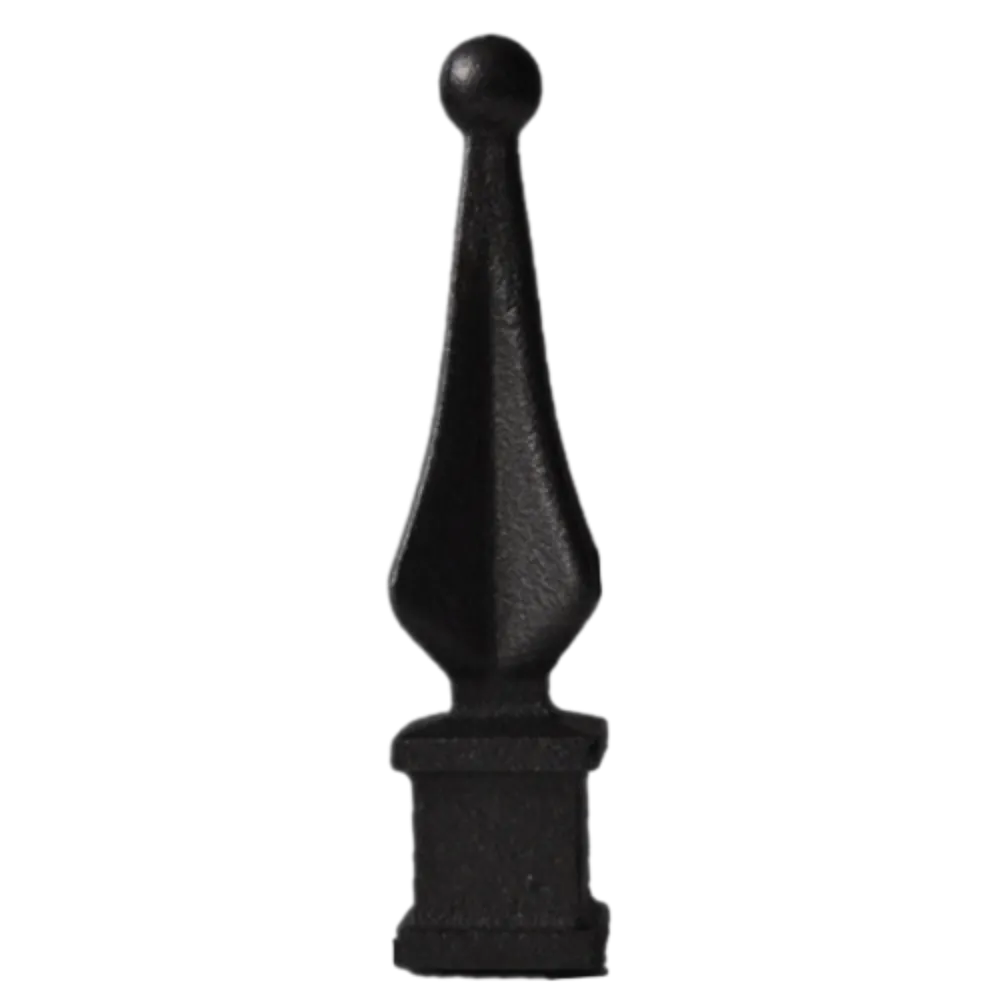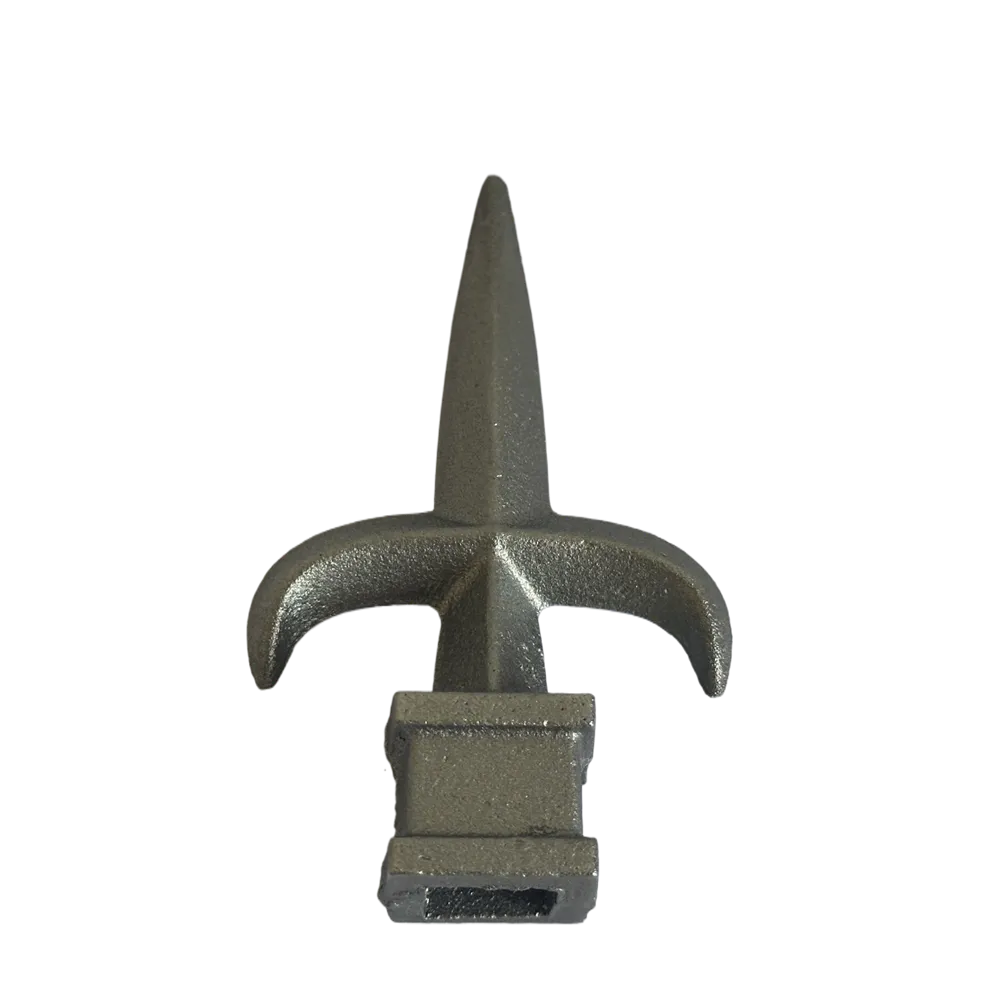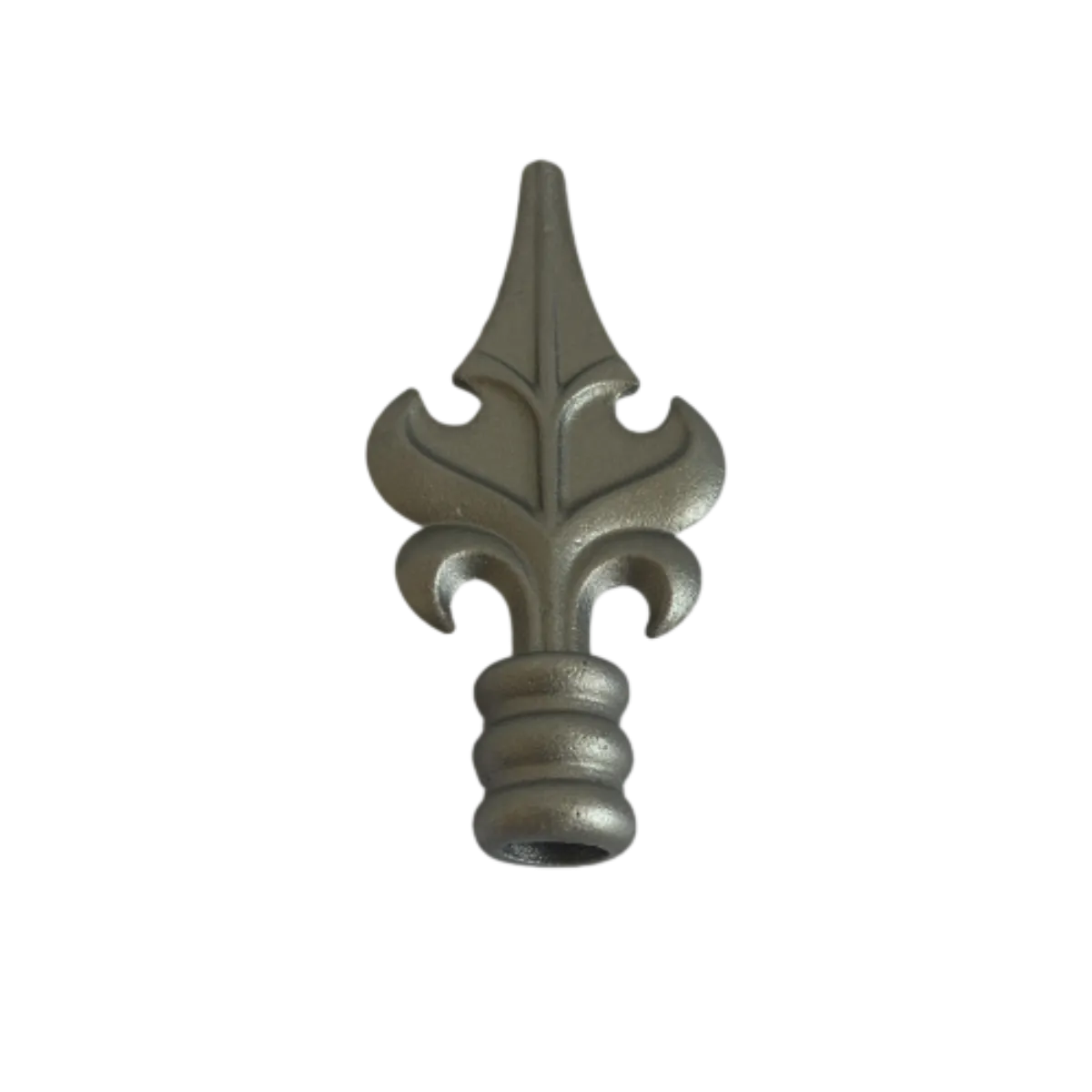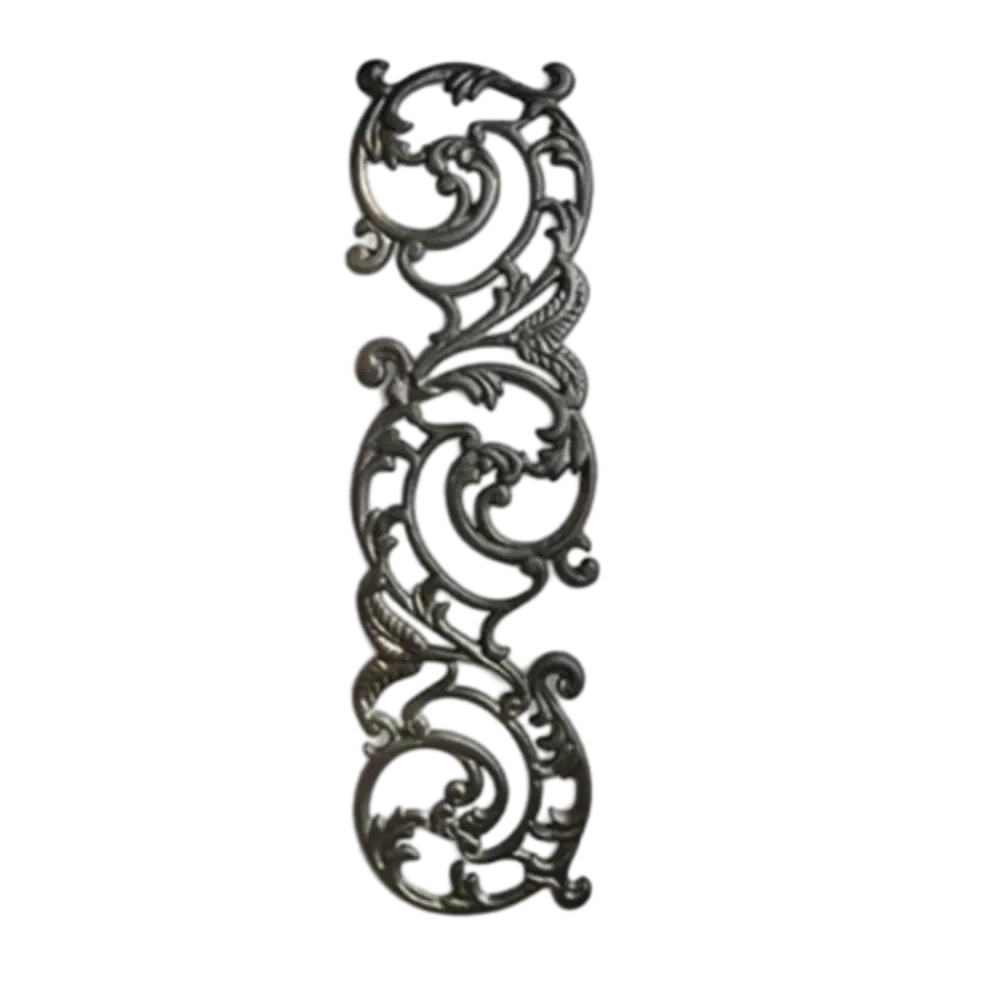Durable Cast Iron Posts with AI Innovation | GPT-4 Turbo Enhanced
When it comes to robust support structures and architectural elements, the cast iron post and wrought iron post with premium Wrought Iron Post Tops stand out as industry favorites. This guide explores their industrial trends, technical specifications, bespoke solutions, and real-world use cases, supported by expert data, third-party standards, and authentic application scenarios.

1. Industry Trends: Cast Iron Post & Wrought Iron Post Caps
The global market for iron-based architectural elements has demonstrated stable growth, with a CAGR of 5.1% from 2018 to 2023 (Source). Rising demand for sustainable, decorative, and corrosion-resistant infrastructural components has led architects and engineers to increasingly specify cast iron post and wrought iron post caps for key projects, from metropolitan railings to chemical plants.
| Parameter | Range & Typical Values | Industry Standard |
|---|---|---|
| Material Grade | ASTM A48 Class 30/40/50, EN-GJL-200 to 400 | ASTM A48, ISO 185 |
| Compressive Strength | 150 - 400 MPa | ANSI B18.2, DIN EN1561 |
| Dimensions | Ø48–168mm / Height 1.2–3.2m | Custom / ISO 2768 |
| Corrosion Protection | Hot-dip Galvanized, Powder Coated | ASTM A123 / ISO 12944 |
| Estimated Service Life | 30–65 years (depending on coating & location) | - |
| Used in | Piping supports, railings, fencing, bridgeworks, energy facilities | - |
| Certifications | ISO 9001, ISO 14001, CE (EN 1090) | EN 1090, ANSI/SPRI |
Technical Evolution & Market Dynamics
- Surge in demand for cast iron post due to urban expansion.
- Advanced anti-corrosion coatings boost adoption in coastal/metropolitan settings.
- Customization of wrought iron post caps enhances architectural aesthetics and brand identity.
- Strict adherence to ISO/ANSI standards is now a customer prerequisite for public and critical infrastructure bids.
2. Material Science & Technical Parameters: Cast Iron Post vs. Wrought Iron Post
Understanding the distinction between cast iron post and wrought iron post is vital for engineering performance, durability, and cost-effectiveness. Below is a comprehensive table and visualization comparing their key technical attributes:
| Parameter | Cast Iron Post | Wrought Iron Post |
|---|---|---|
| Fabrication Process | Casting in sand/mold | Hot forging, rolling, manual shaping |
| Carbon Content | 2.5–4% | <0.08% |
| Tensile Strength | 130–260 MPa | 320–370 MPa |
| Flexibility | Brittle | Ductile, malleable |
| Corrosion Resistance (With Cap) | Very High (with coatings) | High (intrinsic + coatings) |
| Applications | Structural supports, fencing, posts | Decorative posts, gates, railings |
| Weight (per 1.5m post, Ø80mm) | 23kg | 16kg |
| Lifecycle Cost | Low, minimal maintenance | Moderate, periodic refresh needed |
Main Technical Specifications – Wrought Iron Post Tops
- Available Sizes: Ø48mm, Ø60mm, Ø76mm, Ø89mm, custom shapes (acorns, spear, ball, pyramid)
- Finish Options: Black Paint (RAL 9005), Zinc Primer, Hot-dip Galvanized, Custom Powder Coating
- Material: Pure Wrought Iron (C<0.08%) or Mild Steel (Q235/235JR)
- Surface Roughness: Ra ≤ 3.2μm
- Installation Fit: Press-in or Set-Screw, Tolerance H7–h8
- Certification: ISO 9001:2015, EN 1090-1, CE Marked
Performance Over Time: Service Life by Coating Type
According to independent durability studies (Corrosionpedia), the following service life is expected under typical atmospheric conditions:
3. In-Depth Manufacturing Process for Cast Iron Post
The sophisticated production pipeline for a cast iron post ensures exceptional mechanical properties and top-tier finish. Below is a process diagram and description:
- Raw Material Selection: Typically ASTM A48, EN-GJL-200-400 pig iron scrap or billets
- Melting: Cupola or electric arc furnace to 1400–1500℃
- Casting: Poured into preformed sand or resin molds based on 3D design
- Mold Cooling: Controlled cooling to minimize internal stress
- Shake-out: Sand/ceramic removal, rough surface inspection
- Machining: Precision boring, facing, threading (CNC), hole-drilling as per ISO 2768F
- Inspection/QC: Dimensional, NDT (UT/radiographic), surface, and hardness checks per ISO 9001
See a detailed video demonstration: Modern Cast Iron Post Manufacturing (3min, YouTube)
Key Product Advantages – Industry Standards Compliance
- Precision manufacturing delivers consistent fit, in-line with ANSI B18.2 tolerances.
- High-purity iron and alloy additives extend service life against mechanical and weathering threats.
- Wrought Iron Post Caps add not only corrosion protection but also aesthetic value, customizable per project requirement.
- Every batch undergoes batches EN 10204-3.1 certification and is fully traceable.
- Structural performance validated by third-party labs, exceeding minimum required by ISO 185 and EN 1090-2 standards.
4. Custom Solutions & Manufacturer Comparison
| Brand/Factory | Main Product Range | Certifications | Lead Time (days) | Customization | Global Delivery |
|---|---|---|---|---|---|
| TJJ Iron Casting | Wrought Iron Post Tops, Cast Iron Posts | ISO 9001, EN 1090, CE | 20-25 | Full (dim/finish/logo) | Yes |
| KingMetals | Cast/Wrought Iron Fittings | ISO 9001 | 28-32 | Partial | US/CA/EU |
| VSM Castings | Architectural Iron, Posts, Caps | EN 1090, ISO 14001 | 28-36 | Partial (size only) | EU/UK/Asia |
| CastingsPlaza | Gratings, Posts, Caps, Balusters | - | 32-40 | Limited | EU Only |
Why Choose TJJ Iron Casting's Wrought Iron Post Tops?
- ISO 9001, ISO 14001, EN 1090, CE certified factory – proven quality and traceability.
- Rich project experience (oil & gas, transport, residential), leading customer feedback scores (4.83/5.0, Q2 2024, Ref: Supplier Evaluation Committee)
- 4-step pre-shipment inspection: material lab, dimension scan, load-test, and finish check according to client specification.
- Rapid prototyping and CAD/FEA support for unique custom designs.
- Professional overseas logistics; orders delivered DDP to 21+ countries in 2023.
5. Application Scenarios: Engineering & Architecture Use Cases
- Solution: Hot-dip galvanized cast iron post + custom wrought iron post caps (ball-top, patent #CN208776629U)
- Performance: 38-year projected service life (ISO 12944 C4), zero repaint in first 15 years
- Impact: Eliminated corrosion incidents, safeguarded personnel, reduced maintenance budgets by 34% (internal study)
- Product: Black powder-coated cast iron post + pyramid wrought iron post caps
- Result: Enhanced visual identity for landmark site, ~90% positive visitor feedback (2023 city survey)
- Compliance: EN 1090-2 for structural safety, all caps passed salt-spray test (SNS report #QX20230809)
- Product: EN-GJL-250 cast iron posts w/ CNC-drilled base, acorn post caps
- Advantage: Easy in-site installation (ISO 2768F fit, anchor bolts), rapid section replacement possible
- Sustainability: All posts traceable, recycled alloy content >30%, eco-friendly coatings met RoHS
6. Customization Options for Wrought Iron Post Caps
- Shape: Ball, Acorn, Spear, Dome, Pyramid, Finial, Custom Logo
- Finish: Hot-dip galvanizing, black paint, dual-layer powder coat, anodic/e-coat
- Dimension: For post diameters 40–168mm, custom threading or press-fit
- Branding: CNC-engraved logo, number/ID stamping
- Color: RAL, Pantone, metallics to match project branding
Customer Experience: Feedback & Case Snapshots
"After switching to cast iron post with powder-coated wrought iron post caps, our maintenance costs dropped by 28% and rust issues disappeared in the first 3 years." – Facilities Manager, Asia-Pacific Waterworks, 2023
"All post tops from TJJ Iron Casting arrived pre-drilled and batch-marked – installation was a breeze and the council signed off with zero punch-list items." – Civil Engineer, UK Urban Project, 2024
7. FAQ: Technical Terms & Standards
- 5-year anti-corrosion warranty (coated post & cap kits)
- Replacement parts shipped within 72 hours of claim validation
- 24/7 customer service, CAD/installation advice, and paid on-site support
- Full documentation: EN 10204 3.1 or 3.2, test reports, and customized COC
- Standard: 20-25 days for 1x20GP; custom sets (unique design): 3-5 days added
- Rush service for urgent cases; air freight or door-to-door available
8. Conclusion: The Future of Cast Iron Post & Wrought Iron Post Caps
As urban and industrial landscapes evolve, the roles of cast iron post, wrought iron post, and their complementary caps grow ever more crucial. High-strength alloy design, anti-corrosion coatings, and custom top shapes blend functionality, safety, and architectural beauty. Companies with proven standards compliance, continuous quality feedback, and smart customization (such as TJJ Iron Casting) lead the market in reliability and innovation for cast iron post needs worldwide.
For more guidance on selecting or customizing your cast iron post and wrought iron post caps, contact our engineering team or refer to our technical center (see product page).
- "Corrosion and Protection of Iron Castings," Corrosionpedia Technical Encyclopedia
- "EN 1090 for Structural Components," European Standardization Forum: EN 1090 Resource Guide
- "Selecting Iron Post Materials," Eng-Tips Professional Forum
- Case studies and certification records on file, Supplier Evaluation Committee, Q2 2024.
-
Wrought Iron Components: Timeless Elegance and Structural StrengthNewsJul.28,2025
-
Window Hardware Essentials: Rollers, Handles, and Locking SolutionsNewsJul.28,2025
-
Small Agricultural Processing Machines: Corn Threshers, Cassava Chippers, Grain Peelers & Chaff CuttersNewsJul.28,2025
-
Sliding Rollers: Smooth, Silent, and Built to LastNewsJul.28,2025
-
Cast Iron Stoves: Timeless Heating with Modern EfficiencyNewsJul.28,2025
-
Cast Iron Pipe and Fitting: Durable, Fire-Resistant Solutions for Plumbing and DrainageNewsJul.28,2025
-
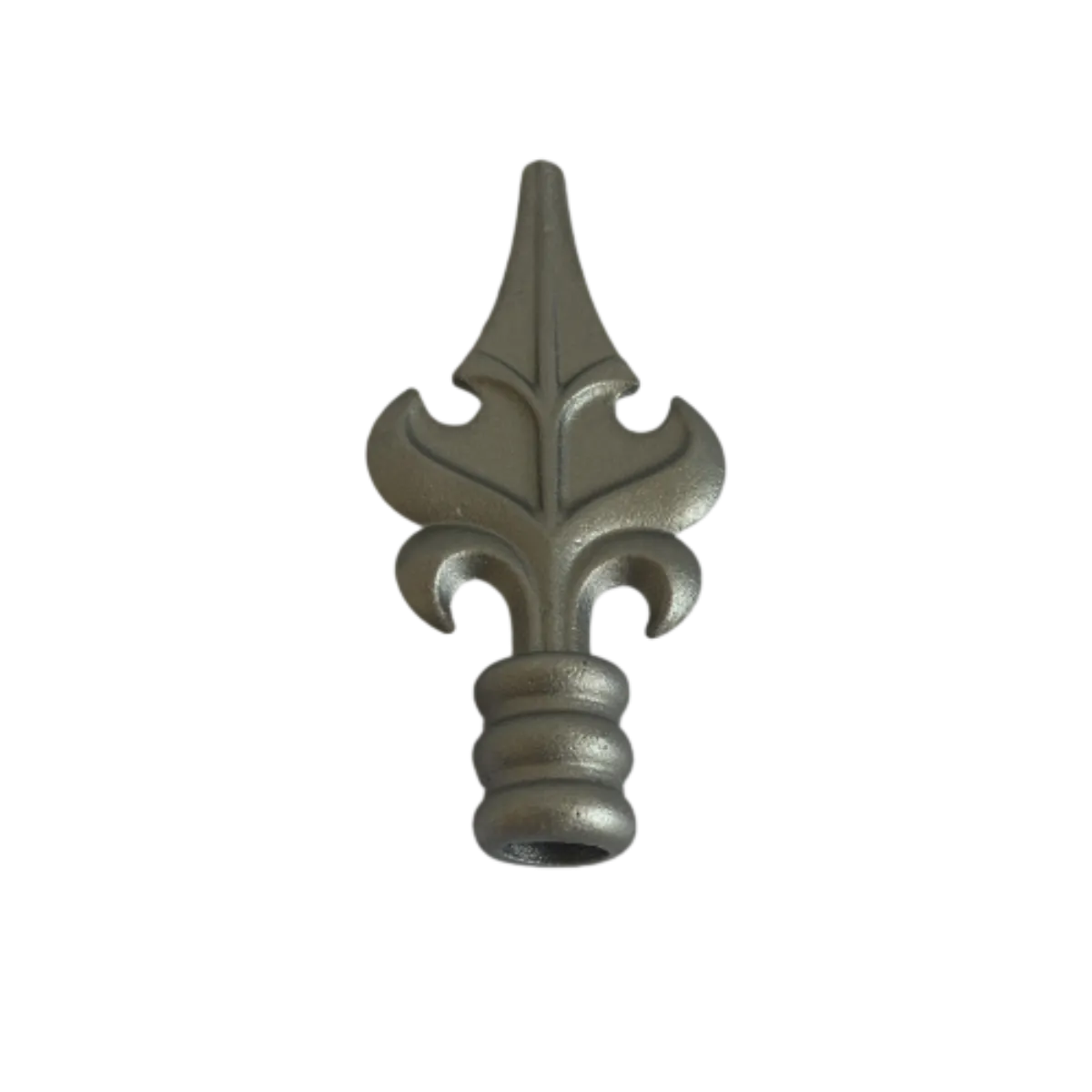 Wrought Iron Components: Timeless Elegance and Structural StrengthJul-28-2025Wrought Iron Components: Timeless Elegance and Structural Strength
Wrought Iron Components: Timeless Elegance and Structural StrengthJul-28-2025Wrought Iron Components: Timeless Elegance and Structural Strength -
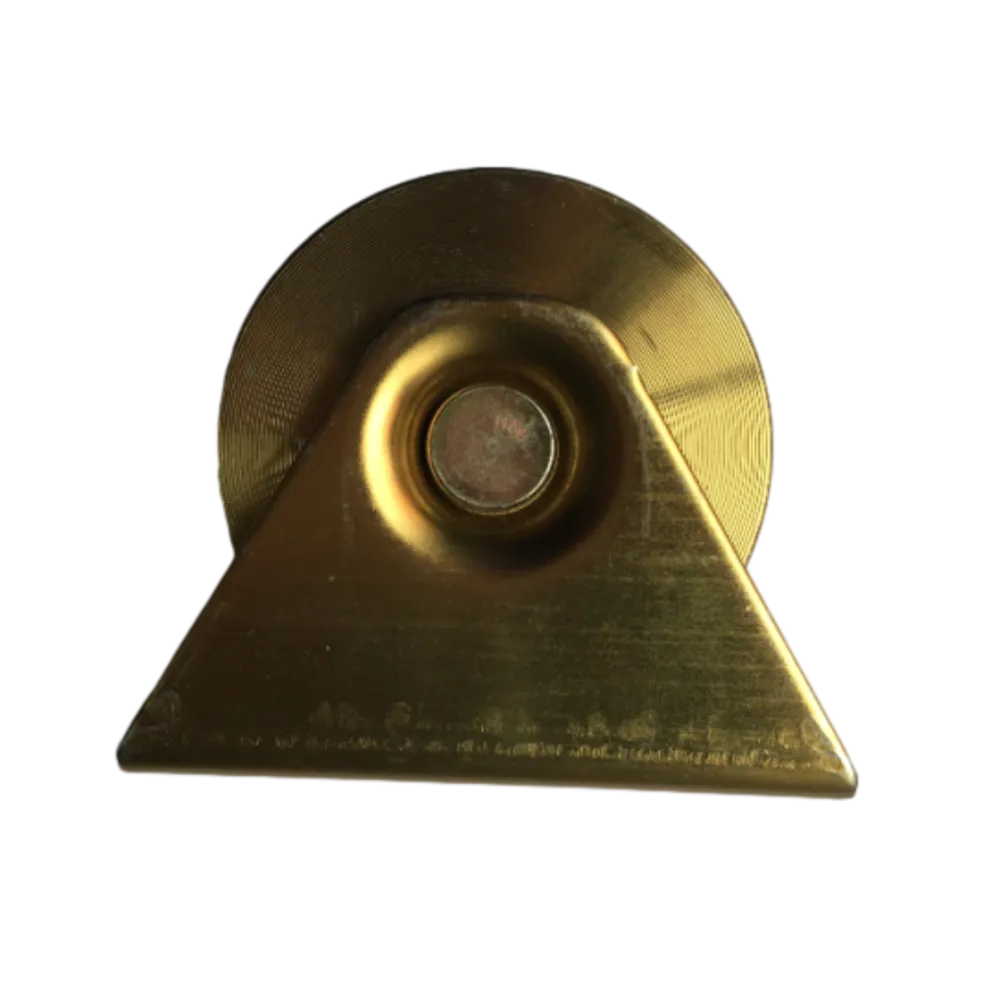 Window Hardware Essentials: Rollers, Handles, and Locking SolutionsJul-28-2025Window Hardware Essentials: Rollers, Handles, and Locking Solutions
Window Hardware Essentials: Rollers, Handles, and Locking SolutionsJul-28-2025Window Hardware Essentials: Rollers, Handles, and Locking Solutions -
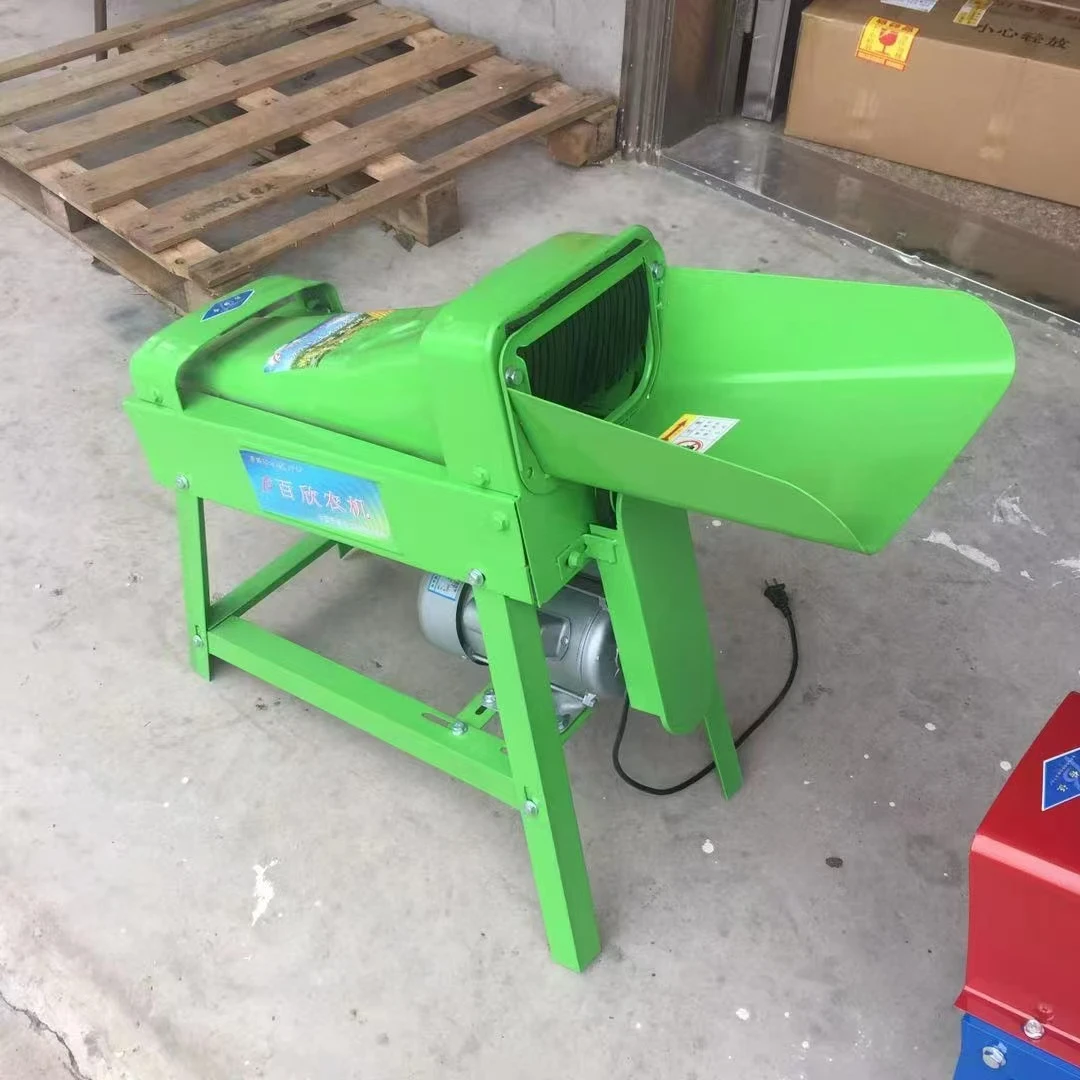 Small Agricultural Processing Machines: Corn Threshers, Cassava Chippers, Grain Peelers & Chaff CuttersJul-28-2025Small Agricultural Processing Machines: Corn Threshers, Cassava Chippers, Grain Peelers & Chaff Cutters
Small Agricultural Processing Machines: Corn Threshers, Cassava Chippers, Grain Peelers & Chaff CuttersJul-28-2025Small Agricultural Processing Machines: Corn Threshers, Cassava Chippers, Grain Peelers & Chaff Cutters




